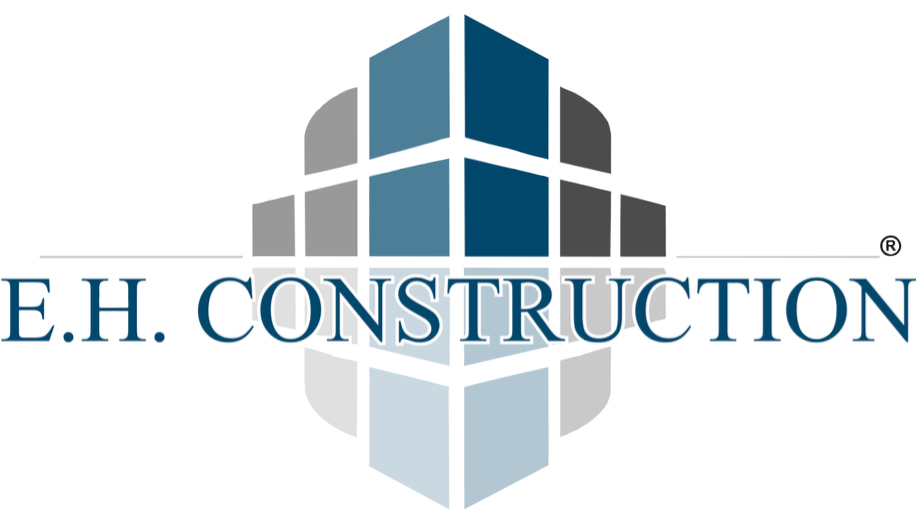What Goes Into a Construction Bid? Behind the Numbers (and the Magic)
You’ve found the perfect floor plan, you’re ready to break ground, and then—bam! A bid lands in your inbox with a lot of numbers, lingo, and acronyms that might as well be in ancient code. What is all this? And why does one contractor say $200K while another says $350K for what seems like the same job?
Let’s pull back the curtain and reveal what really goes into a construction bid—minus the boring boardroom talk and with a healthy splash of builder humor.
1. Labor: The Heartbeat of the Bid 💪
From foundation to fascia, a big chunk of your bid goes toward skilled construction workers swinging hammers, pouring ready mix concrete, or operating that satisfying-to-watch backhoe on the construction site. Labor includes not just physical effort but also years of experience, safety protocols, and licensed expertise.
If your project involves framing, floating, or working with expansive soils, expect the labor cost to reflect the complexity (and the sweat!).
2. Materials: Where Quality Meets Quantity 🧱
Whether it’s green board, glulam beams, or the felt (underlayment) under your roof shingles, materials are selected based on durability, cost, and design. You’re not just paying for wood—you’re paying for the grain, the grade, and how many trips it takes to haul everything to your site (yes, gas prices matter!).
Bonus: If you’re going for green building or passive house standards, expect upgraded insulation, energy-efficient flashing, and sometimes even fire-resistive materials, all of which affect your total.
3. Equipment: Big Toys, Big Costs 🚜
See that backhoe, skid steer, or cement mixer churning in the background? Those bad boys come with rental fees, delivery charges, and often their own operator. If your custom home builders need specialty tools for flatwork or damp proofing, that’s factored in, too.
4. Subcontractors: Your Dream Team
No general contractor does it alone. Plumbers, electricians, HVAC pros, and tile setters (aka the Michelangelos of your shower walls) are brought in to execute their part of the blueprints. Their rates vary depending on trade, availability, and whether your project involves GFCIs, forced air heating/cooling, or intricate floor plans.
5. Permits, Insurance, and Paperwork (aka Necessary Evils) 📝
Nobody likes paperwork, but your construction company has to navigate building codes, zoning rules, and municipal requirements. That means permits, inspections, and liability insurance are all built into the bid to avoid change orders and mid-project surprises.
6. Overhead: The Invisible Forces
Overhead includes everything from office rent and daily report management to software like CAD and BIM (Building Information Modeling) that help bring your dream home to life. It also covers things like customer support (hi!), accounting, and project management—all essential to running a smooth building construction project.
7. Profit Margin: The (Reasonable) Cherry on Top
Let’s be real—builders aren’t doing this for free. A healthy business needs a small profit margin to survive. It ensures your contractor can cover unexpected expenses, reinvest in better tools and training, and keep building awesome homes like yours.
8. Contingencies: Because Life Happens
Unseen rot behind the drywall? Surprise underground boulder during excavation? The cost to build a house never goes 100% as planned. Most construction bids include a contingency (around 5–10%) to cover these hiccups. It’s better than having to scramble mid-project with a panicked phone call.
9. Bid Types: Not All Are Created Equal
You might hear terms like cost-plus contract (where you pay for labor/materials plus a percentage) or lump sum/fixed bid (one set price for everything). Some contractors even break things down using cost codes for better tracking and transparency.
If you're working with a company like L&T Construction, or any reputable team, they'll walk you through what type of bid you're getting and what’s included.
So, What’s the Real Value?
A bid isn’t just a number—it’s a detailed roadmap of your project. It reflects the craftsmanship, the coordination, the logistics, and the literal nuts and bolts that bring your vision to life.
And when done right by a solid construction company, it sets the tone for a successful build, whether it’s a sleek passive house, a cozy bungalow, or your dream custom home on the hill.
Final Thought:
Next time you look at a construction bid, think of it less like a math problem and more like a recipe—it takes a lot of ingredients to build something beautiful. And when it comes to home builders, you want the ones who measure twice, cut once, and always show up with a plan (and hopefully some snacks).
Still curious? Reach out to your local contractor and ask for a breakdown. The more you know, the smoother your building construction journey will be. 🏗️💼✨

